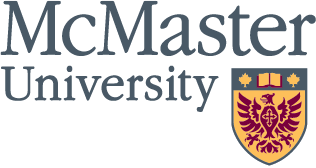March 28, 2002
posted on March 28: McMaster student athletes honoured at annual awards dinner
Read More
 Share
Share
SHARE WITH YOUR FRIENDS
Pick one or more destinations:
0
0
0
×
March 27, 2002
posted on March 28: Board of Governors approves campus master plan
Read More
 Share
Share
SHARE WITH YOUR FRIENDS
Pick one or more destinations:
0
0
0
×
March 26, 2002
posted on March 28: World renowned archeologist delves into Gatalhvy|k, agriculture origins
Read More
 Share
Share
SHARE WITH YOUR FRIENDS
Pick one or more destinations:
0
0
0
×
March 25, 2002
posted on March 26: Medical & health physics student named top co-op student in country
Read More
 Share
Share
SHARE WITH YOUR FRIENDS
Pick one or more destinations:
0
0
0
×
March 25, 2002
posted on March 26: Les Enginerables musical showcases engineers’ performance skills
Read More
 Share
Share
SHARE WITH YOUR FRIENDS
Pick one or more destinations:
0
0
0
×

